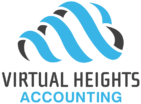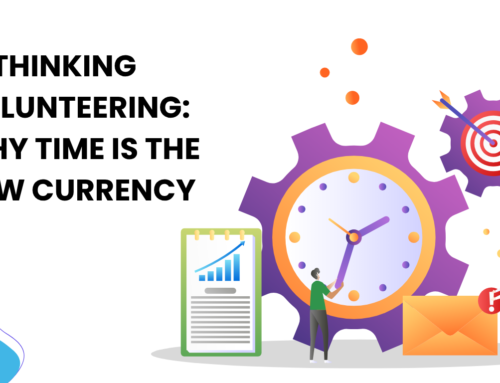Taking time off as a business owner isn’t just a luxury—it’s essential for long-term success. But stepping away doesn’t mean everything has to grind to a halt. With the right systems in place, you can enjoy a well-deserved vacation knowing your operations are covered. This guide will show you how to put your business on auto-pilot so you can truly unplug without sacrificing stability. Whether it’s automating payments, empowering your team, or setting up smart workflows, here’s how to put your business on auto-pilot and take time off with confidence.
1. Check Your Cash Flow First
Before you even book the flights:
- Review upcoming expenses (payroll, vendor bills, taxes, subscriptions).
- Run a cash flow projection for the vacation window plus a buffer.
- Make sure you have enough liquidity in your operating account—consider transferring funds if needed.
Pro Tip: If you use Xero, you can generate simple, clear reports in just a few clicks. We can help with setup if you need it.
2. Automate Your Tax Payments (Yes, Really)
No one wants to come back from vacation to CRA interest charges.
- GST/HST Instalments: Use CRA My Business Account to set up payments in advance.
- Payroll source deductions: Automate through Wagepoint or your payroll provider.
- Corporate tax instalments: Set reminders or schedule recurring payments if your bank allows.
Bonus: This also keeps you on CRA’s good side when they assess whether you’re a high-risk filer.
3. Pre-Schedule Supplier and Contractor Payments
Don’t let missed payments delay your operations—or damage your relationships.
- Use to automate vendor payments.
- Batch schedule recurring invoices or use auto-approvals for small, recurring amounts.
- Communicate with contractors about your timeline in advance.
4. Organize Receivables Before You Leave
Cash coming in is just as important as cash going out.
- Send early reminders for any outstanding invoices.
- Offer easy payment links (Stripe, PayPal, or Xero-integrated options).
- Set up automatic follow-ups through your invoicing software.
If you offer retainers or monthly billing, ensure pre-authorized payments are in place.
5. Empower Your Team to Handle the Unexpected
Even if you’re a solo founder, there are ways to keep things rolling:
- Delegate inbox monitoring to a virtual assistant or teammate.
- Write a one-page SOP for emergencies (e.g., missed payroll, CRA call).
- Set up Karbon workflows if you’re already using it internally (great for tracking tasks in your absence).
6. Schedule Client Check-Ins Before and After
- Book check-in meetings before your break to wrap up any loose ends.
- Let clients know who they can contact while you’re away (even if it’s just a delayed reply auto-responder).
- Add a 1–2 day buffer after your return to regroup.
7. Use Tech to Stay Lightly Connected (If You Want To)
We’re all about real rest, but if you like a safety net:
- Use mobile apps for quick bank account or Xero (or QBO if you prefer) check-ins.
- Set alerts for specific activities (e.g., a failed payment or large transaction).
- Keep emergency contacts handy—but resist the urge to “just check in” too often.
Final Word: Time Off Is a Business Strategy
Burnout helps no one—not you, your team, or your clients. By planning ahead and embracing automation, you’ll return rested and ready, not overwhelmed and anxious.
Need help setting up your business systems before you take off? Book a prep session with us. We’ll help you automate the money side, so you can pack with peace of mind.
Virtual Heights Accounting – Empowering small business owners to build systems, not stress.





